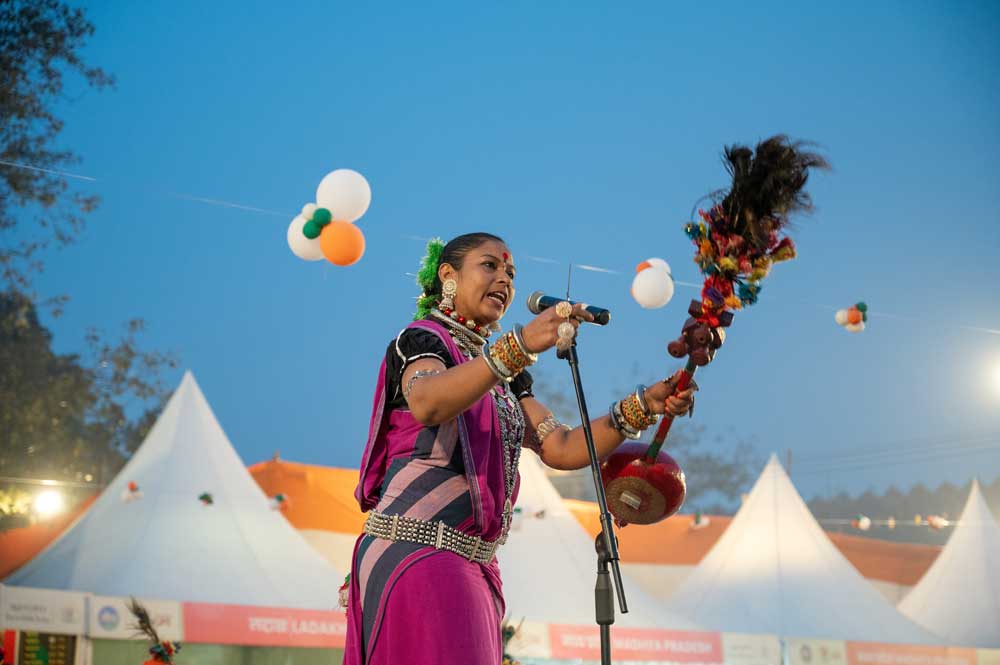A millennium ago in India, an elderly woman named Sita Devi sat under a neem tree, narrating stories to a circle of children. She didn’t read from a book, but then again, she didn’t need to. Her stories had been passed down through generations, carried in memory and sung during harvests. They were tales of wisdom and spirituality, of goddesses and queens, of humour and wit. This scene wasn’t rare in India, or even around the world. Women have always been keepers of stories through the ages, even though they have never been recognised formally for their efforts. They are at the heart of what we now call heritage literature.
The role of women in Indian literature dates back to ancient times, where their contributions were often preserved through oral traditions, hymns, philosophical texts, and folklore. Long before written literature, women were storytellers, poets, and keepers of cultural memory, passing down knowledge and values through generations.
According to a study published in the Grand Academic Portal, ‘Across diverse indigenous cultures, women play multifaceted roles that extend far beyond domestic duties… Indigenous knowledge systems have deep roots in human history, predating written records. Indigenous people developed a sophisticated understanding and practices related to agriculture, medicine, astronomy, navigation, ecology, and spirituality through centuries of observation, experimentation, and oral transmission.’
In the Vedic period (1500–500 BCE), women like Gargi Vachaknavi and Maitreyi were renowned for their intellectual contributions. Their words, though preserved in male-compiled texts, show that women were active participants in shaping early Indian philosophical thought. Apart from these scholars, many women contributed through oral storytelling, especially in the form of folk songs and epics. These oral traditions, often passed down through families and communities, were powerful tools of cultural expression. Women would sing lullabies, ritual songs, harvest chants, and devotional compositions, many of which carried meanings about love, suffering, resistance, and faith. In tribal and rural communities across India, women storytellers (sometimes called kathavachaks or bards) have been central in maintaining oral histories, religious tales, and folk narratives.
In Tamil literature, for instance, the poet-saint Avvaiyar, believed to have lived during the Sangam period (around 1st–2nd century CE), composed moral and philosophical poems that were widely transmitted orally and are still taught in schools today. Such ancient and oral contributions by women laid the foundation for a rich, pluralistic literary tradition. In the medieval era, Bhakti poets such as Mirabai challenged patriarchy by sharing their experiences packaged as spirituality.
Reframing women’s roles in oral tradition helps counter erasure in modern times. In fact, accurate representation can inspire future generations to see women as creators instead of just caretakers of literary texts. India’s vast oral traditions span stories from the Panchtantra, Hitopadesha, and Jataka tales, which have survived for millennia through memory and performance before being transcribed. Women were central to the preservation and propagation of these narratives.
Women have also preserved regional dialects, folk motifs, rituals, and oral memory that might otherwise have disappeared. In Uttarakhand’s folk literature, women appear as subjects as well as narrators of emotions and stories, especially the themes of viraha (separation), nature connections and migration found in in local songs and tales.
Historian Partha Chatterjee notes that during the nationalist movement, women were idealised as preservers of cultural purity. Their labour in storytelling was therefore classified as duty rather than creative, diminishing its societal value. However, there were some names that stood out. For instance, Toru Dutt translated Sanskrit texts into English, bringing them to a wider audience. Her work, ‘Ancient Ballads and Legends of Hindustan’ has been widely acclaimed.

Today, women across India are asserting their collective copyright over traditional literature and folk tales. Modern platforms such as festivals, anthologies, and fiction build on this legacy, ensuring that these traditions evolve and also remain relevant. Increased digital archiving, academic interest, and storytelling festivals are bringing women’s oral traditions into new arenas.
Women from Adivasi and tribal communities such as Jacinta Kerketta of the Oraon tribe and Usha Kiran Atram of the Gond, have tried to promote their oral and cultural traditions through poetry, stories, and linguistic work. Their writings encapsulate tribal identity, ecology, oral heritage, and resistance, often in their native languages.
From Nagaland, Temsula Ao played a dual role as an author and as a documentarian of Ao-Naga oral traditions, winning national recognition, including the Padmashri and Sahitya Akademi Award. Her daughter, Anungla Zoe Longkumer, continues this legacy, editing anthologies like The Many That I Am and preserving Naga women’s narratives through writing, filmmaking, and music.
Translations and re-publications continue introducing regional folklore into broader literary readerships. Feminist folklore studies are re-evaluating folk narratives, recognising women’s stories as pivotal to India’s literary legacy.